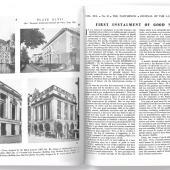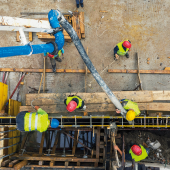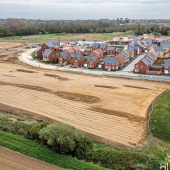100 years of CABE: hot topics in 1965
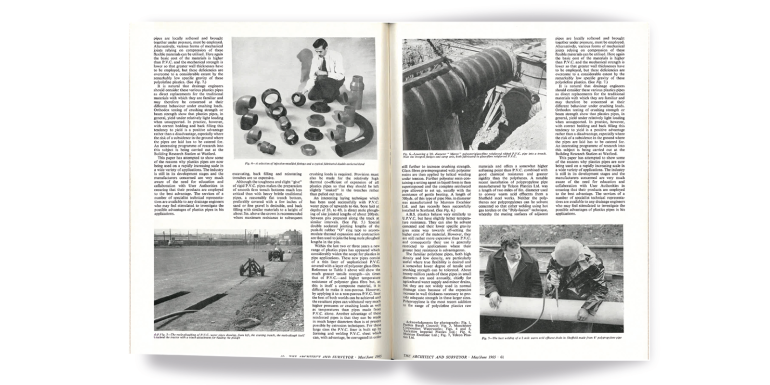
We look through the annals of the journal from 1965 to see what the hot topics of the day were, what was facing the industry and how CABE’s professional membership responded.
Architect & Surveyor May-june 1965
“At the end of this century, the population of Great Britain is expected to rise from 52 million to 72 million … [a] vast amount of development will be necessary to cope with this increase in numbers, and radical environmental changes will be involved for us all,” states the opening line of the news pages. These cover any recent reports, circulars, opinions from governmental bodies and legislation.
Of note is the annual report of the Fire Protection Association (FPA), which in response to the fact that the nation’s fire bill had trebled states: “The Chairman of the FPA is convinced that in commercial circles [if] fire prevention were to be made the direct concern of a senior member of management, such appalling wastage would be drastically reduced.”
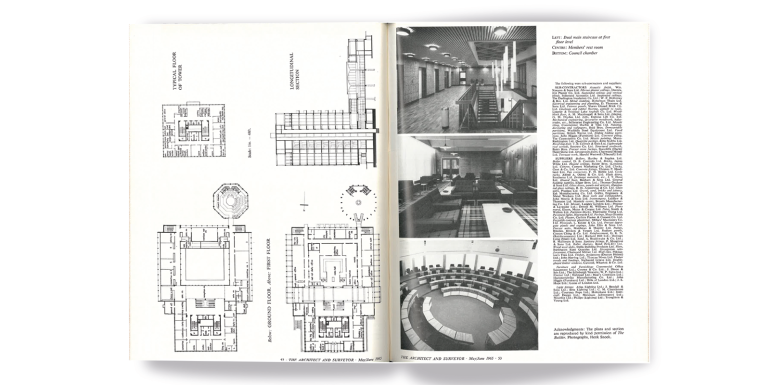
1965
A circular from the Minister of Housing and Local Government (HLG) stresses the importance of communication between new river authorities and local planning authorities “to cover the important relationship between the availability and management of water resources and the broad location of development”.
And there is a note that the Incorporated Association of Architects and Surveyors (IAAS) would be setting up two working parties: “One to report on central area redevelopment and the other on regional planning in relation to the need for a national plan.”
The Association update pages continue with the then President Frank Butterfield’s diary for the coming months, branch activity and a piece on how the Association was clashing with sections of government over housing policy. Butterfield says: “No government since the war has dealt adequately with the problem of housing the nation … and now we have a government with no policy.” He goes on to state the integrity of the Association as “professional men and as such concerned with ethics. We do not seek to impose our will. We seek only to examine the facts and advise the government of the time, regardless of politics.”
Setting out a stall for ethics and standards, there is a short piece on the IAAS sending a memorandum to the Parliamentary Secretary to the Ministry of HLG: “Municipal building surveyors and inspectors are best qualified for the task of stamping out jerry-building [the act of building with cheap materials] where such exists.”
Technical pieces include a profile of the new Civic Centre in Carlisle and a great six-page technical feature on the installation of new PVC pipes, with a layer of polyester glass fibre, in the water and sewage system. The feature opens with a joke about how “sanitary engineers are like doctors in that they can bury their mistakes”(!) and a justification of the benefits of these new pipes, which were viewed as ‘new-fangled’ technology, with their fitting a rebellious act.



